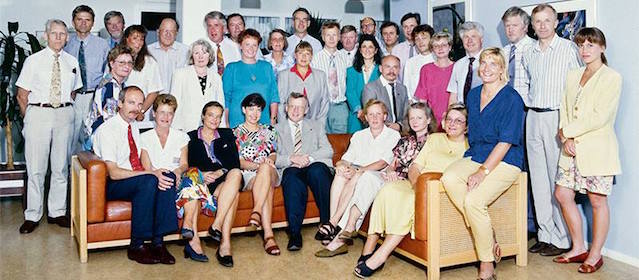Swedac is derived from SP, Swedish Research Institute, which today has been named RISE, Research Institutes of Sweden.
In 1973, SP established two departments in Borås, one for testing and measuring in Sweden and the other one for authorised calibration laboratories. Ten years later, in 1983, two new units were established, Measuring Centre and Test Centre, and a new authority was formed, The National Council for Metrology and Testing.
The National Council for Metrology and Testing was transformed in 1989 into the National Board for Measurement and Testing (MPR) and initiated the work on the accreditation of testing laboratories. The accreditation of certification bodies and inspection bodies started only a year later. In 1991, the name was changed to Swedac, Swedish Board for Technical Accreditation.
In 1992, the first hospital was accredited, the central laboratory for clinical chemistry at Sahlgrenska sjukhuset in Gothenburg. In 1993, the first accreditations of vehicle workshops for the control of their own repairs were approved, and the same year Swedac received responsibility for legal metrology, precious metals and assessments of notified bodies. During the early 90s, international development also started. Swedac assisted Iceland to build up a limited accreditation function. The authority was also commissioned by the Nordic Council of Ministers to hold training on quality infrastructure in the Baltic States and Poland.
In 1994 Swedac received responsibility for the coordination of market surveillance in Sweden, and the following year, 1995, they changed the name to the current Swedish Board for Accreditation and Conformity Assessment. Sweden became a member of the EU and Swedac implemented the first SIDA-funded aid project which was Sri Lanka.
In Sweden, the importance of accreditation has increased steadily over the years and in 2010 received accreditation an even stronger position with a new EU legislation. Europe set up as a system similar to the Swedish model, so that each country has a single independent accreditation body recognised by the government and free from commercial interests.

